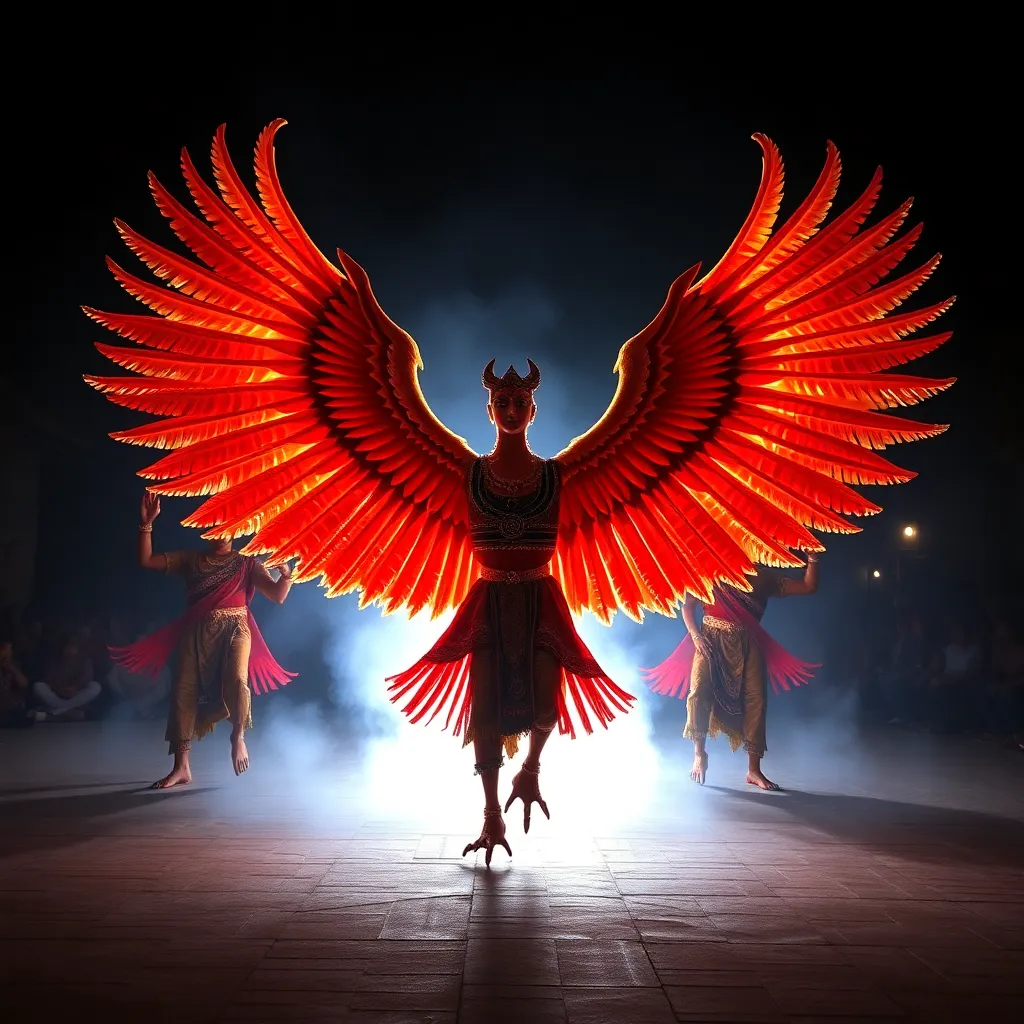The Realm of Ahti: Legends of the Water
The realm of Ahti, the water god, encompasses all bodies of water, from the vast oceans to the smallest streams. Ahti is often depicted as an old man with a long white beard, who rules over the waters with a benevolent hand. He is said to control the weather, and to be able to summon storms and calm them at will. Ahti is also associated with fertility, and is said to be responsible for the growth of fish and other aquatic creatures.
In Finnish mythology, water is seen as a sacred element, and many rituals and ceremonies are performed to honor Ahti and the other water deities. It is believed that water has the power to heal and purify, and that it can be used to connect with the spirit world.
Väinämöinen's Epic Journey: The Creation of the World
Väinämöinen is the central figure in Finnish mythology, and is often considered to be the creator of the world. He is a powerful shaman and musician, and is said to have used his magic to create the land, the sea, and the sky. Väinämöinen is also a skilled craftsman, and is said to have forged the Sampo, a magical mill that could produce anything its owner desired.
Väinämöinen's epic journey begins when he sets out to find the Sampo, which has been stolen by the evil Louhi. Along the way, Väinämöinen encounters many challenges, but he eventually succeeds in retrieving the Sampo and bringing it back to Finland.
Ilmarinen: The Master Craftsman and His Magical Forge
Ilmarinen is a skilled craftsman and blacksmith, and is said to have forged many of the magical objects in Finnish mythology, including the Sampo and the sword of Väinämöinen. Ilmarinen is also a powerful warrior, and is said to have fought in many battles against the enemies of Finland.
Ilmarinen's magical forge is located in the heart of a mountain, and is said to be the source of his power. The forge is said to be so hot that it can melt any metal, and Ilmarinen is said to be able to create anything he desires with his hammer and anvil.
Louhi: The Evil Mistress of Pohjola
Louhi is the evil mistress of Pohjola, a cold and barren land in the north of Finland. Louhi is a powerful sorceress, and is said to be able to control the weather and the elements. She is also a skilled weaver, and is said to have woven the sky and the stars.
Louhi is a cruel and heartless ruler, and is said to have enslaved many of the people of Pohjola. She is also a bitter enemy of Väinämöinen, and is said to have stolen the Sampo from him.
Sampo: The Wonder Mill of Abundance
The Sampo is a magical mill that is said to be able to produce anything its owner desires. The Sampo was forged by Ilmarinen, and is said to be the source of Finland's wealth and prosperity.
Louhi stole the Sampo from Väinämöinen, and took it to Pohjola. Väinämöinen set out to retrieve the Sampo, and after many adventures, he succeeded in bringing it back to Finland.
The Sampo was a great source of joy and prosperity for the people of Finland. However, Louhi was determined to get it back, and she sent her armies to attack Finland. A great battle ensued, and in the end, the Sampo was destroyed.
6. The Battle for the Sampo: A Clash of Magic and Might
The battle for the Sampo was a great conflict between the forces of good and evil in Finnish mythology. Väinämöinen and his allies fought against Louhi and her army of darkness to retrieve the stolen Sampo.
The battle was fought on the frozen sea, and the combatants used all their magical powers to defeat their enemies. Väinämöinen played his kantele, a magical instrument, to summon the wind and the waves to his aid. Ilmarinen forged weapons and armor for the Finnish warriors, and Louhi used her dark magic to create monsters and illusions.
In the end, Väinämöinen and his allies were victorious. They defeated Louhi and her army, and retrieved the stolen Sampo. The Sampo was returned to Finland, and it brought wealth and prosperity to the land.
7. Joukahainen: The Cunning Trickster
Joukahainen is a cunning trickster who appears in many Finnish myths and legends. He is often portrayed as a mischievous and resourceful character who uses his wits to outsmart his opponents.
In one famous story, Joukahainen challenges Väinämöinen to a singing contest. Väinämöinen is a powerful shaman and musician, and Joukahainen knows that he cannot defeat him in a fair contest. So, Joukahainen uses his cunning to trick Väinämöinen into sinking into a bog.
However, Väinämöinen is too powerful for Joukahainen to defeat. Väinämöinen uses his magic to escape from the bog, and he punishes Joukahainen for his trickery.
8. Lemminkäinen: The Warrior and Seducer
Lemminkäinen is a powerful warrior and a skilled seducer who appears in many Finnish myths and legends. He is often portrayed as a reckless and impulsive character who is always looking for a fight or a new conquest.
In one famous story, Lemminkäinen travels to Pohjola to woo the beautiful maiden Louhi. However, Louhi is a powerful sorceress, and she sets Lemminkäinen a series of impossible tasks to complete. Lemminkäinen is able to complete the tasks with the help of his magical powers, and he wins Louhi's hand in marriage.
However, Lemminkäinen's happiness is short-lived. Louhi's son is jealous of Lemminkäinen, and he kills him in a duel. Lemminkäinen's mother uses her magic to bring him back to life, and he returns to Finland a wiser and more humble man.
9. Marjatta: The Maiden Who Befooled the Evil
Marjatta is a beautiful maiden who appears in many Finnish myths and legends. She is often portrayed as a kind and compassionate character who is always willing to help those in need.
In one famous story, Marjatta is captured by a group of evil trolls. The trolls try to force Marjatta to marry their leader, but she refuses. Marjatta uses her cunning to outsmart the trolls, and she eventually escapes from their clutches.
Marjatta's story is a reminder that even the smallest and weakest of us can overcome adversity with courage and resourcefulness.
10. The Power of Spells and Runes: Ancient Finnish Magic
Spells and runes are an important part of Finnish mythology. Spells are used to cast magic, and runes are used to write magical incantations.
There are many different types of spells in Finnish mythology. Some spells are used to heal the sick, while others are used to protect against evil. Runes are also used for a variety of purposes, including divination and protection.
The power of spells and runes is not to be underestimated. In the hands of a skilled practitioner, they can be used to accomplish great things. However, it is important to remember that magic is a dangerous force, and it should only be used for good.
FAQ
What is the most important Finnish myth?
The most important Finnish myth is the Kalevala, which is a long epic poem that tells the story of the creation of the world and the adventures of the hero Väinämöinen.
Who is the most famous Finnish god?
The most famous Finnish god is Väinämöinen, who is the creator of the world and the patron god of music and poetry.
What is the most popular Finnish legend?
The most popular Finnish legend is the story of the Sampo, which is a magical mill that can produce anything its owner desires.



